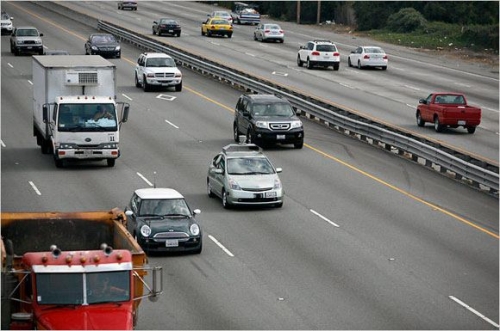
Google is trying to make a self-driving car. But despite progress over the past year, the cars have plenty of learning to do before 2017, when the tech giant hopes to get the technology to the public. Others believe it’s more likely to take until 2025 to purchase one of the cars.
Google’s self-driving cars already can navigate freeways. Human drivers would be expected to take control if the computer fails. Eventually, Google says, there would be no need for a driver. Passengers could read, daydream, even sleep — or work — while the car drives.
For now, Google is focused on the predictably common tasks of city driving.
To deal with cyclists, engineers have taught the software to predict likely behavior. The software plots the car’s path accordingly — then reacts if something unexpected happens.
While the car knows to stop, just when to start again is still a challenge, partly because the cars are programmed to drive defensively. At a four-way stop, Google’s cars have been known to wait in place as other cars edge out into the intersection.
The cars still need human help with other problems. Among them, understanding the gestures that drivers give one another to signal it’s OK to merge or change lanes, turning right on red and driving in rain or fog (which requires more sophisticated sensors).
Critical thinking challenge: Why are more sophisticated sensors required for understanding the gestures that drivers give one another to signal it’s OK to merge or change lanes?

